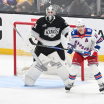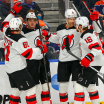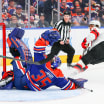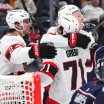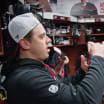With a fantastic 24-game run, the Pittsburgh Penguins won the Stanley Cup after defeating the San Jose Sharks 4-2 in Game 6 of the Cup Final at SAP Center on Sunday. How do their numbers compare to those of other recent champions?
A statistical comparison to the previous 10 teams to win the Cup reveals the Penguins achieved their success with scoring depth, high shot volumes, consistent goaltending and effective special teams despite low shooting percentages, mediocre third-period play, and spending too much time in the defensive zone.
Comparing Penguins to recent Stanley Cup champions
Numbers show scoring depth, goaltending, special teams powered Pittsburgh to title
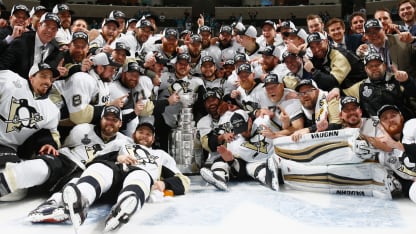
© Dave Sandford/Getty Images
